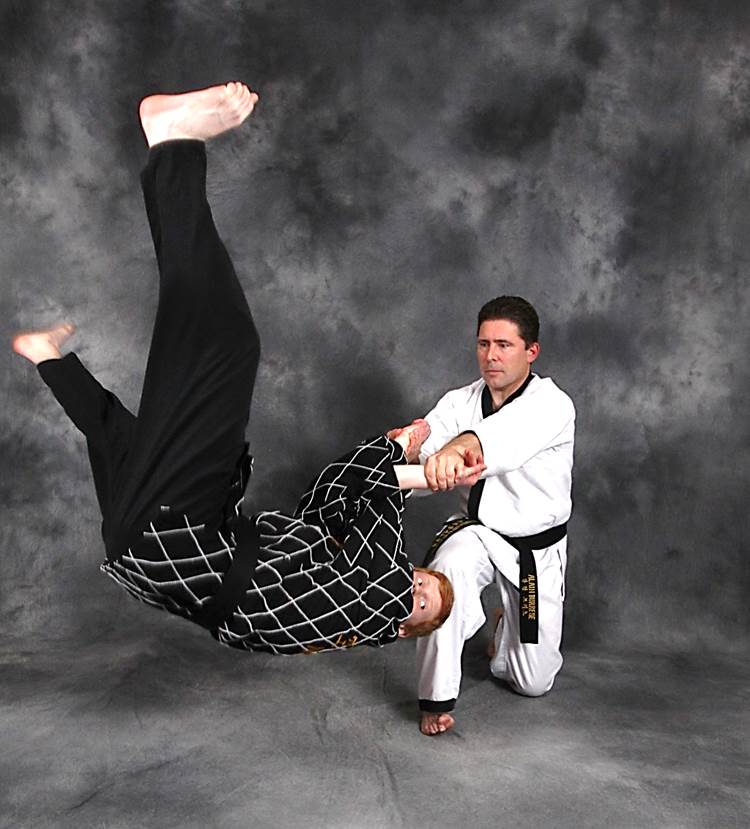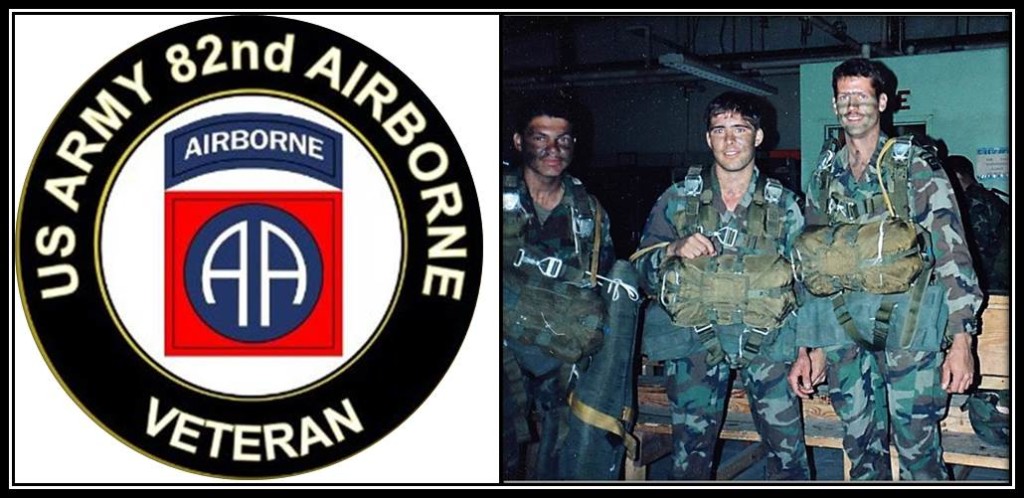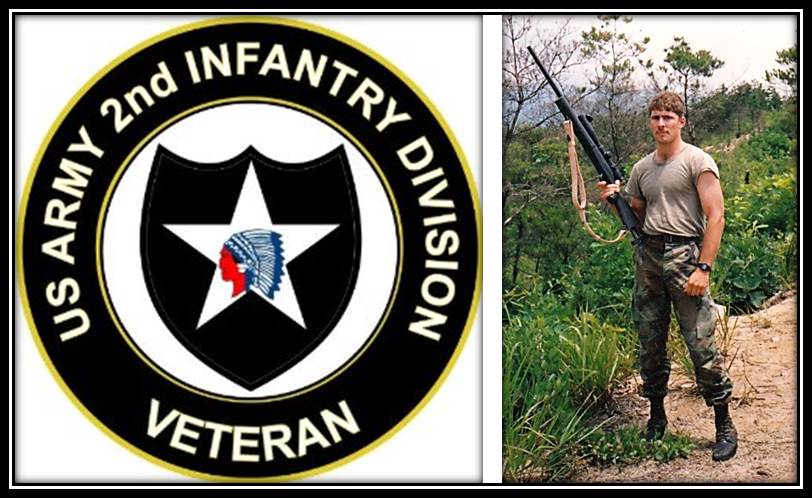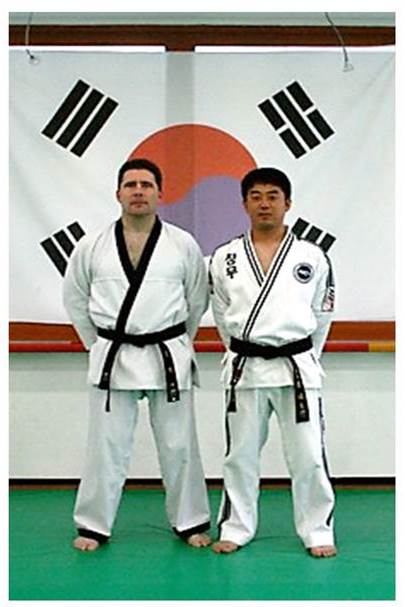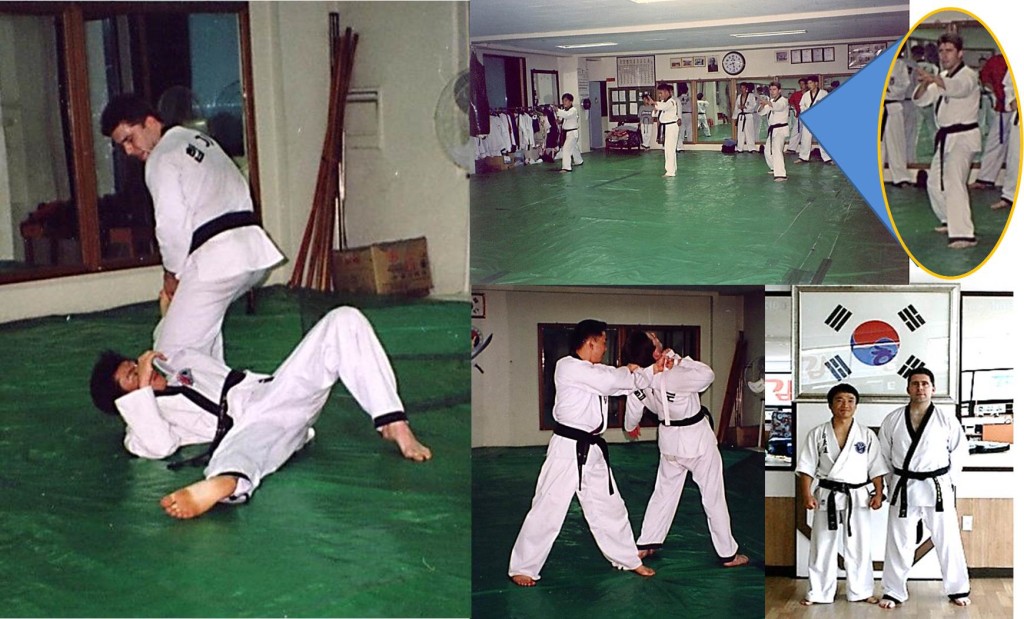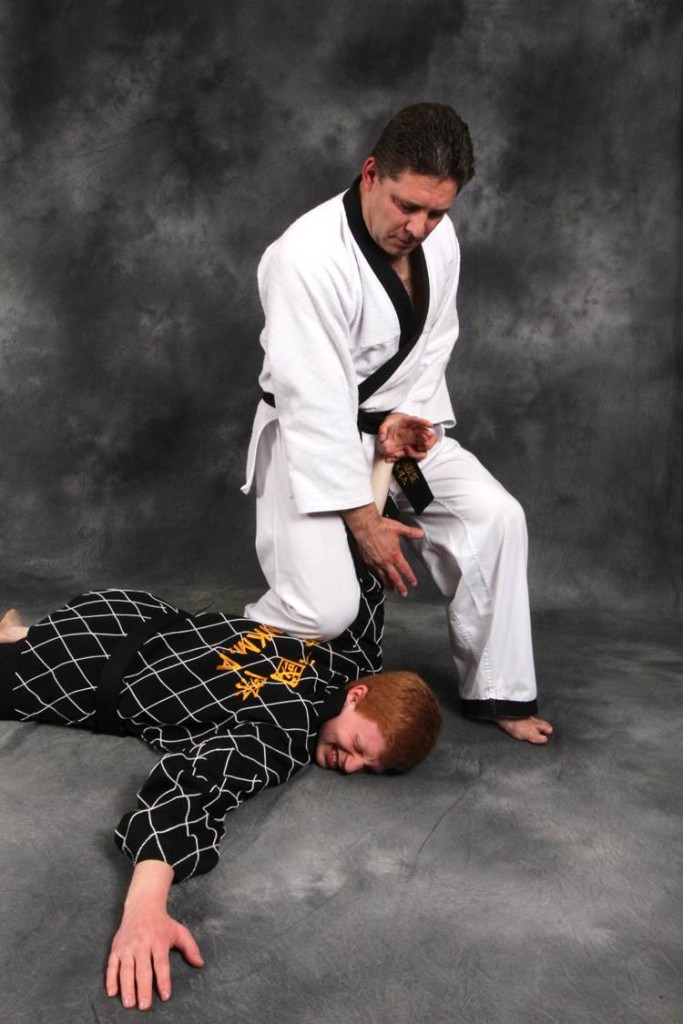 What does “Alain Burrese Hapkido Journey” mean? It’s the journey I’ve taken that has led to my teaching the Korean martial art of Hapkido as well as the safety and self-defense classes I teach. For many people, knowing an instructor’s martial art lineage and background is important, and I’m often asked about mine. So here it is.
What does “Alain Burrese Hapkido Journey” mean? It’s the journey I’ve taken that has led to my teaching the Korean martial art of Hapkido as well as the safety and self-defense classes I teach. For many people, knowing an instructor’s martial art lineage and background is important, and I’m often asked about mine. So here it is.
The Karate Kid Before the Movies
When I was a young boy in the 1970s, I studied and practiced out of Bruce Tegner and Fred Neff martial art books. I was just like Daniel LaRusso years before the 1984 film, but I never had Mr. Miyagi come in and catch me. (Or train me.) As far back as I can remember I had a fascination with Asia and the Asian martial arts. Without the opportunity to train in a school at that time, the limited books I could get my hands on and martial arts on TV were my only options to fulfill my desires to learn about martial arts and Asia.
Judo
We moved to Montana in 1980 and I went to 8th grade and High School in the small town of Thompson Falls. Hardly the mecca of Asian martial arts. I was still studying books, practicing with home made and store bought nunchaku, as well as throwing knives, stars, and anything else I could get my hands on that could be purchased at the martial art supply store in Idaho or the martial art magazines. But then a Judo club started up at our high school. We practiced in the wrestling room when it wasn’t being used. This was my first formal martial art training and I loved it. It was during this time that I was choked out in a Judo tournament (I share the importance of this in a bonus chapter of my Chokes and Sleeper Holds DVD) But I also won a first place trophy at a tournament in Missoula, which also was important because of the one match that I won with a perfect throw that I was awarded an Ippon for. I started practicing that throw even more and a modified version served me well later in real fights. I taught this throw in both my Hapkido Hoshinsul andStreetfighting Essentials DVDs that were produced by Paladin Press.
Unfortunately, our instructor got a job elsewhere and moved. Since we no longer had a judo club in Thompson Falls, my martial training went back to self-study, boxing with friends, and a few school yard scraps once in a while.
Karate and Taekwondo
After Judo in high school, the next formal martial arts I trained in were Karate and a little Taekwondo. While stationed at Fort Bragg with the 82nd Airborne Division (January 1986 to February 1988), I trained off and on at Wolf’s Karate on Yadkin Road. There were two things that limited my training at this school. The first was being an infantry paratrooper. We trained a lot, and many times would spend weeks in the woods. The other was a knee injury that required surgery and sidelined me for a spell. However, when I could, I trained down with Master Wolf. It was good hard training and things I learned there stayed with me from then on.
When I transferred to the 2nd Infantry Division in South Korea, I was stationed at Camp Hovey (March 1988 to August 1989). Despite what the ad copy for the Paladin Press DVD, Hapkido Hoshinsul: The Explosive Korean Art of Self-Defense, stated, I did not start Hapkido while stationed with the Army in South Korea. (That was a mistake made by the publisher.) I knew a little about Hapkido at the time because of the Billy Jack movies and a few magazine articles, but the only thing available nearby was the Taekwondo PT classes on Camp Hovey. I did some, but not a lot. Part of it was that I preferred the Judo and Karate I had been learning, but more than that was the time thing again. Infantry spent a lot of time in the woods away from Camp Hovey, so I couldn’t go regularly. Also, when I went to Sniper School at Camp Casey in July of 1988, I was gone for four weeks. (The school was a four week long school.) I was gone for a month at a time when I went back as an assistant instructor at Sniper School too. So my formal training in Korea at that time was minimal. I did however get some practical experience and wrote about some of this in my first book Hard-Won Wisdom From The School Of Hard Knocks.
When I got out of the Army in August 1989, I returned to the States from Korea and had missed applying for school, so I had to wait till fall of 1990 to get started. During this year, I started training at the Helena Karate and Judo Club in Helena, MT. The school was owned by Shihan Dennis Dallas and he taught three separate classes. There was a Karate program each day with classes for kids and adults. There was a Judo class after the Karate class on Tuesday and Thursday nights. And there was a Hapkido class on M-W-F at noon for adults. I went to all three whenever my work schedule allowed.
Shihan Dallas had two primary instructors. One was Japanese and the other Korean. He chose to teach using Japanese terminology (For a while he was using both depending on the class, but then decided to just use Japanese.) His Hapkido class had a heavy Japanese influence, and it was different from the curriculum I learned later in Korea and teach today. I enjoyed all of these classes, learned a lot, and still keep in touch with Shihan Dallas today. He is a very good man, and one of the lessons he taught me in 1998 or so was that a martial arts instructor needs to teach good character along with technique, or you will be missing the most important part that martial arts can help people with.
During my undergraduate years, 1990 to 1994, I trained some with the Toshikan Karate Club in Missoula. Again, it was off and on depending on my class and work schedules. During this time, I’d also started studying things from Paladin Press, especially stuff from Marc MacYoung and Peyton Quinn. So I would train by myself and with friends incorporating things learned from books and DVDs into my training. Marc and I started corresponding and in 1994 we got together in person for the first time in Missoula. I told him about my book idea and he encouraged me to write it.
In 1994 I graduated and moved to Japan. I’d hope to train there, but there wasn’t anything convenient to where I lived in the small town of Showa in Yamanashi prefecture. I did get to visit many of the historical places I’d only read about while living there. I also started writing the book I had talked about with Marc MacYoung.
But What about the “Alain Burrese Hapkido Journey?”
So far, I’ve talked about various martial arts, but not much about Hapkido, the art I love and teach. And after all, this page was titled “Alain Burrese Hapkido Journey.” Well, those other arts were all a part of my training and journey, and they helped lead me toward Hapkido. That and the Billy Jack movies.
So let’s look at where I was in 1995. It was August and I had just returned from living in Japan for a year. I finished the manuscript to the book I started, and met Marc MacYoung in Las Vegas for the Soldier of Fortune Convention. I met a lot of people there, and Marc asked if I wanted to come down to Riverside, CA to train, work, and have him help me get my manuscript cleaned up to send to the publisher.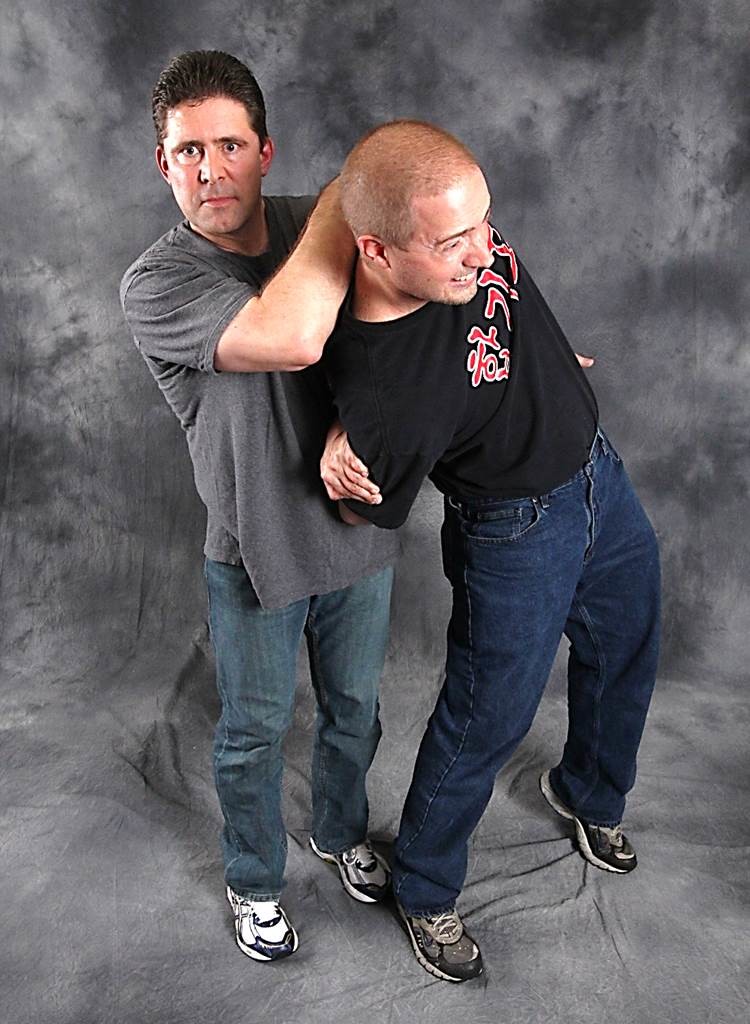
I moved to Riverside, CA, and Marc and I trained during the day and worked security and bodyguard positions with exotic dancers at night. At the time it was easy money, allowed us to train, and allowed both of us to figure out where to go to next. The funny part was that each time I told someone I was writing a book on self-defense, they would ask me what I was a black belt in. I had trained off and on, as well as by myself, for years, but I didn’t have a black belt in any thing yet. The book was about real fights I’d been in, not about martial arts.
However, when the book was finished, I had a yearning to return to Asia, and I wanted to further my martial art studies and earn a black belt. Going back to Korea was what I really wanted, and Hapkido was the art I desired to pursue. I left Riverside in early 1996 and visited a friend in Michigan while I found a job teaching English in South Korea. Then in the spring of 1996, I found myself back in the land of the morning calm as a civilian, teaching English at ahogwon (private academy) in Gangneung, South Korea.
So this is really where the “Alain Burrese Hapkido Journey” as I teach the art today began. However, my training and teaching is influenced by all that came before this, as well as outside learning I continue to do. When I got to Korea, I immediately asked a Korean English teacher to help me find a Hapkido school. He was surprised that I wanted Hapkido instead of Taekwondo, but helped me find the best school in town. I started training, and after one week, asked if I could go to two classes each day. From then on, I went to two classes every M-F, and one class every Saturday morning.
Hapkido In Korea
The Hapkido dojang I trained at in Gangneung was called Hapkido Choiyukwan which means Hapkido Gym, and it was owned by Kwanjangnim Kim Young-jong. His Sabeom was Sabeomnim Lee Jun-kyu. Another student, who had trained with Sabeomnim Lee for years and sometimes helped teach was Kim Hyun. I have learned from all three of them, and consider all of them instructors. I have learned the most though from Lee Jun-kyu.
Both Lee Jun-kyu and Kim Hyun have opened their own schools, and on my trips back to Korea I’ve visited them all and have continued to learn from them. My promotions have come through Lee Jun-kyu. As for my Dan ranks, I received my first dan in the spring of 1997 before returning to the United States to apply for law school. Because I originally went to Korea with a tourist visa to finish the paperwork, and then left and came back under the work visa, I lived for about 14 months, and received my first dan after 14 months of training 11 classes a week. (Note: it is not unusual for Koreans going to 6 classes a week to receive their first dan in 18 months or so.)
After I was accepted to law school, I went back to Korea for the summer before school started and lived with Lee Jun-kyu and his family and trained every day, four classes a day, and one class on Saturday morning. (Okay, I also went back that summer to see my fiance, but since she had to work, I trained and we saw each other during our free time.) Now when we go back we stay with family and I train with primarily Lee Jun-kyu, but also visit and train with Kim Hyun at his school. Kwanjannim Kim Young-jong was not teaching during my last visit, but we still visited and had a great talk. I still consider all of them my Hapkido instructors, and always will.
Alain Burrese Hapkido Dan Rank:
For those that care about such things. This is my official rank in Hapkido.
1st Dan – The Korea Hapkido Federation, signed by President Oh, Se Lim. June 10, 1997
2nd Dan – The Korea Hapkido Federation, signed by President Oh, Se Lim. March 11, 2001
3rd Dan – The Corporation Korean Hapkido Federation, signed by President Park, Keum Sil. March 27, 2004
4th Dan – The Federation Of Korea Hapkido, signed by President Cho, Myung Jin. June 25, 2008
5th Dan – The Federation Of Korea Hapkido, signed by President Cho, Myung Jin. October 25, 2014
As I’ve written about before, there are politics within martial arts and hapkido is no exception. For whatever reasons, my instructors in Korea changed Hapkido organizations. They are doing what they feel is best for them, their students, and their schools. The reason my Dan Rank comes from different organizations is because my instructor changed organizations. Personally, I could care less because to me the important thing is the relationship I have with Kim Young-jong, Lee Jun-kyu and Kim Hyun. That relationship, and what I’ve learned from them, is all that is really important.
Qigong In Korea
I feel very fortunate that besides Hapkido, Kim Young-jong taught a Ki-gong (Qigong in Chinese) class at his school. After I had been training for a month or so in Hapkido, I was encouraged to attend this class too. I did, and continue to study some Qigong today. I don’t teach it, nor am I a master of it, but I include it in my personal training for my own health and benefits. It was Dao Yin Qigong that I learned and practiced in Korea, but I have also studied and practiced from Dr. Yang Jwing Ming’s books and DVDs.
Teaching Hapkido
I guess the final part of the “Alain Burrese Hapkido Journey” is my teaching of Hapkido. When I started law school in Missoula in 1998, there were no schools around doing what I do. Shihan Dennis Dallas and Marc MacYoung both told me to teach and I’d not only remember what I learned, but would get better as I’d have to be able to explain and teach to others. Since I’d taught at other times in my life, it was natural for me to start teaching Hapkido. I taught both on video with the DVDs I made with Paladin Press, and a program here in Missoula, MT. For the first year, I taught a Hapkido program for the University of Montana TKD program. I then started teaching out of a friend’s TKD school until he moved from the state due to a job offer. After that, one of his students moved to Gold’s Gym with the TKD students and I moved the Hapkido class too.
So I’ve been teaching consistently since 1998 and have now made 11 DVDs (and two of them have two discs). I always wanted to make sure people could learn from my DVDs, and from the reviews and e-mails I receive, I’ve accomplished that. I also branched out to teach seminars, sometimes by myself and other times as part of a larger line-up, such as the Korean Martial Art Festival in Crestview, Florida, where I’ve been a part of an amazing line-up for a number of years now.
My hapkido training also influences the safety and self-defense classes I teach. I differentiate these because when I teach my Hapkido classes, I’m teaching the entire art as it was taught to me in Korea. When I’m teaching safety and self-defense, I’m streamlining things for specific audiences and purposes. But because I’m both, there is always a part of each in everything I do.
So there you have it, the first part of the “Alain Burrese Hapkido Journey.” Why only the first part? Because I’m not done yet. I plan to continue teaching both classes and seminars, write more books, make more DVDs, and lead groups to Korea so they can experience some of the wonders of the country I’ve come to love and consider my second home.
Hapki !!!
Read more on the About Alain Burrese page.
